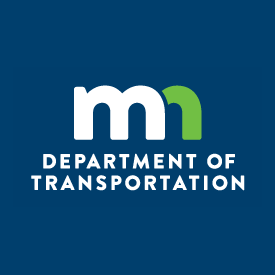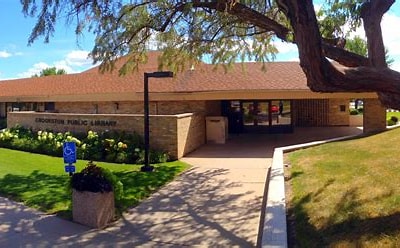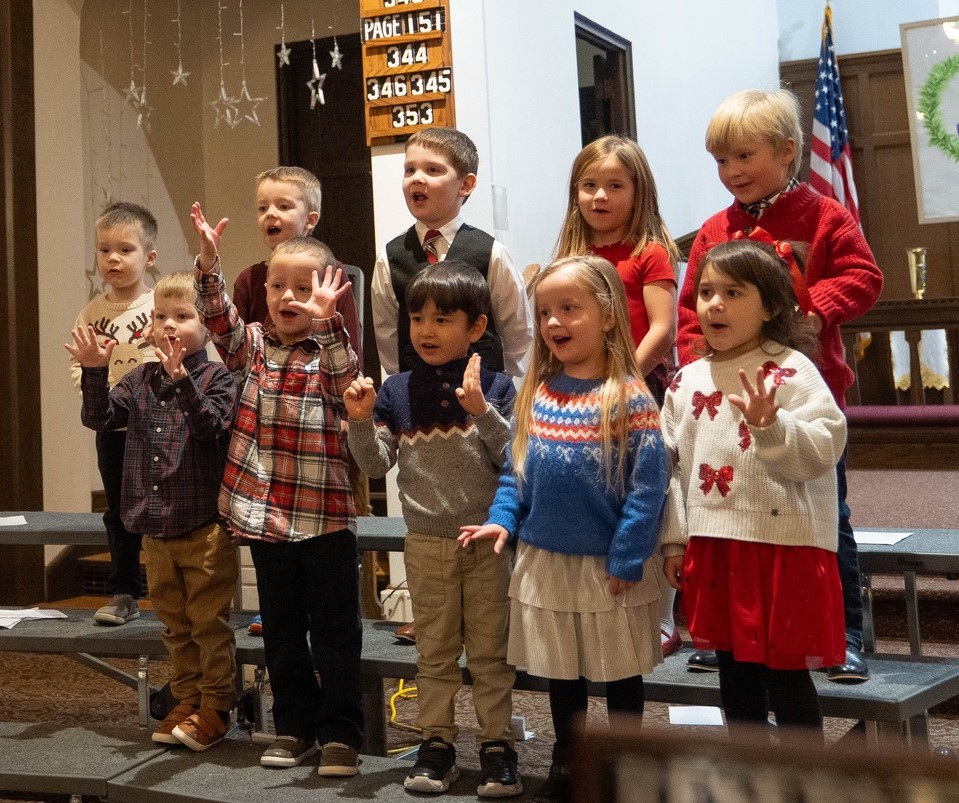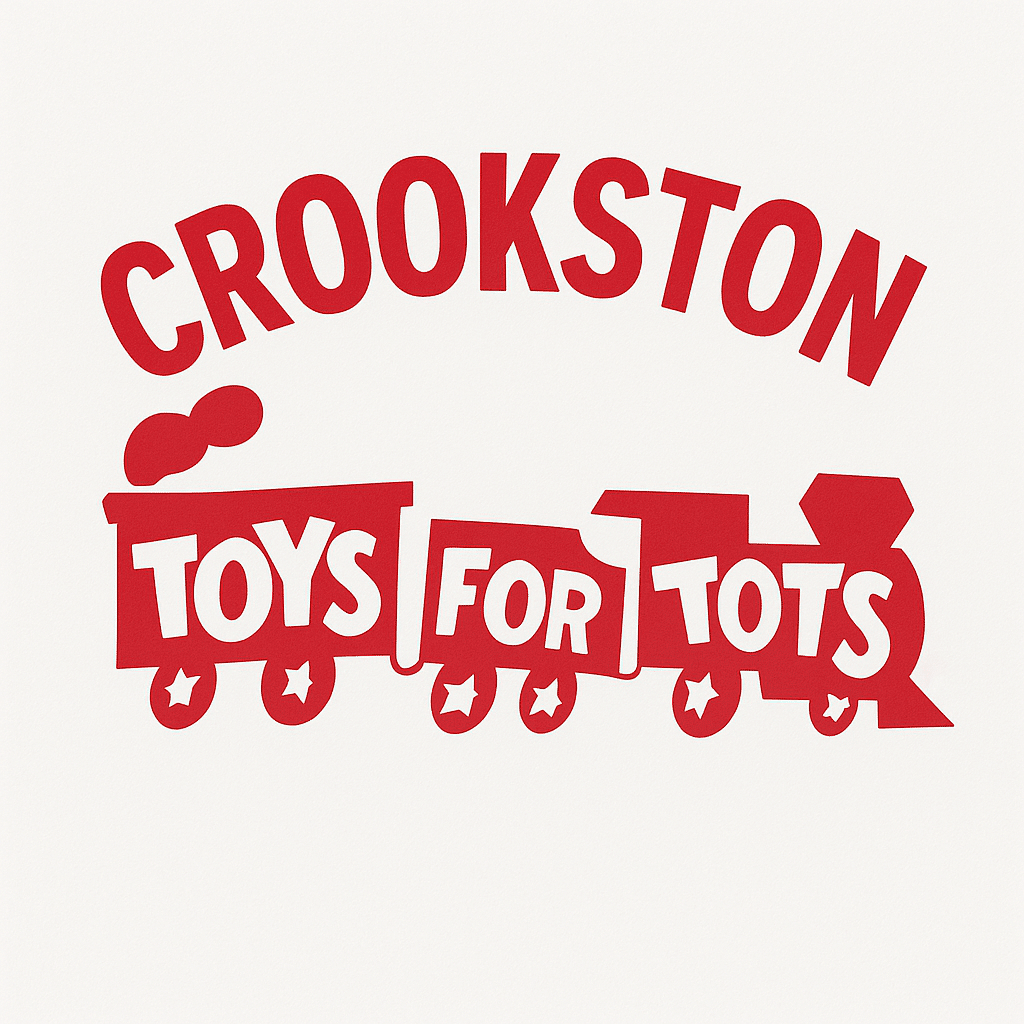The Minnesota Department of Transportation reminds motorists to use railroad emergency notification system signs when there is a safety issue or emergency situation at a rail grade crossing.
The blue and white signs are posted near the crossing on both sides of the road and should be clearly visible to the motorist. The emergency notification system sign includes the railroad’s emergency contact phone number and the U.S. Department of Transportation’s national crossing phone number, which identifies the exact location of the crossing to the railroads.
This winter, a truck pulling a trailer got stuck in the snow at a public railroad crossing in Milbank, S.D., resulting in more than 20 cars and two engines derailing. Had the driver of the truck, who was not injured, known to call the contact numbers, the incident could have been prevented, said Jim Weatherhead, state rail program coordinator.
“The crossing code from the emergency notification system signs, made of up seven numbers and letters, and the railroad phone number are the only two things a motorist needs to know when reporting an issue,” said Weatherhead. “Motorists don’t need to know the name of the street or railroad.”
He said motorists can call the phone number listed on the sign to report an emergency or dangerous situations such as a signal malfunction, if someone or something is on the tracks or if the crossing is blocked for more than 10 minutes.
“The railroad can dispatch its own people or contact law enforcement. There might be times the railroad isn’t aware that a signal is malfunctioning or that an emergency or dangerous situation exists, so calling the number on the blue and white sign is the quickest way to contact the railroad or to reach emergency responders,” Weatherhead said.
The Federal Railroad Administration requires each railroad to have emergency notification system signs at all public rail crossings.
For more information, go to the Federal Railroad Administration’s website at www.fra.dot.gov/Elib/Document/17032
Tags:



